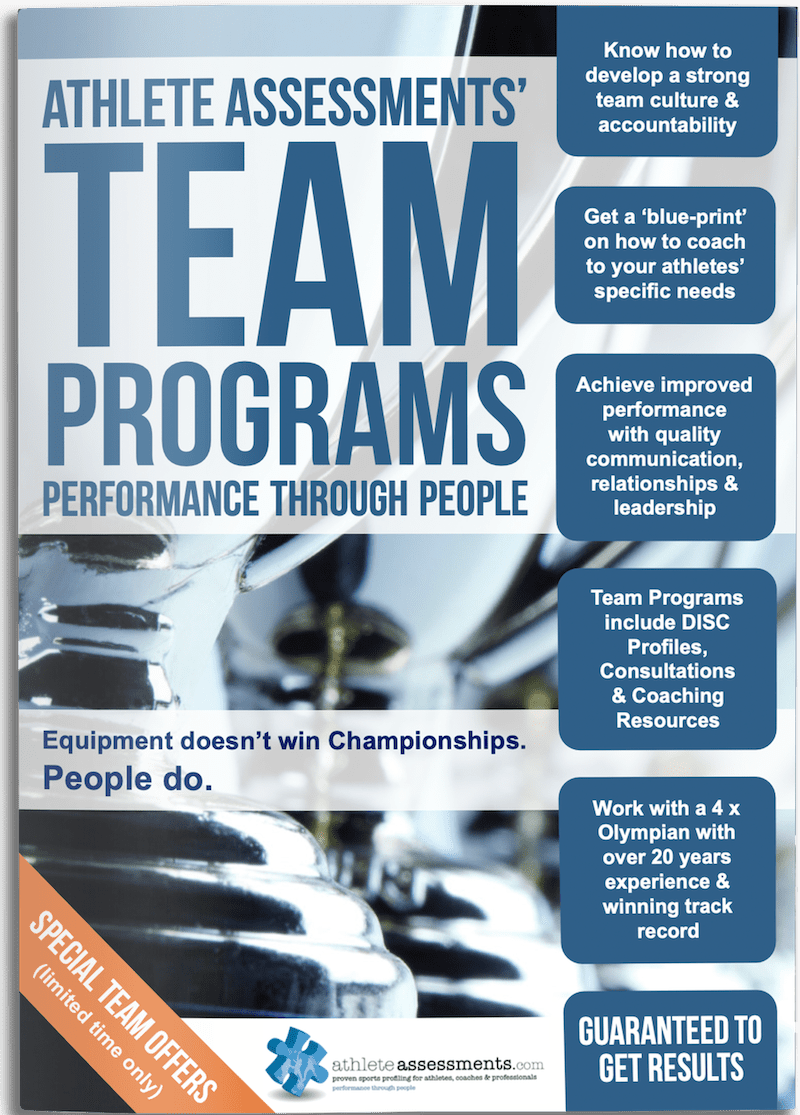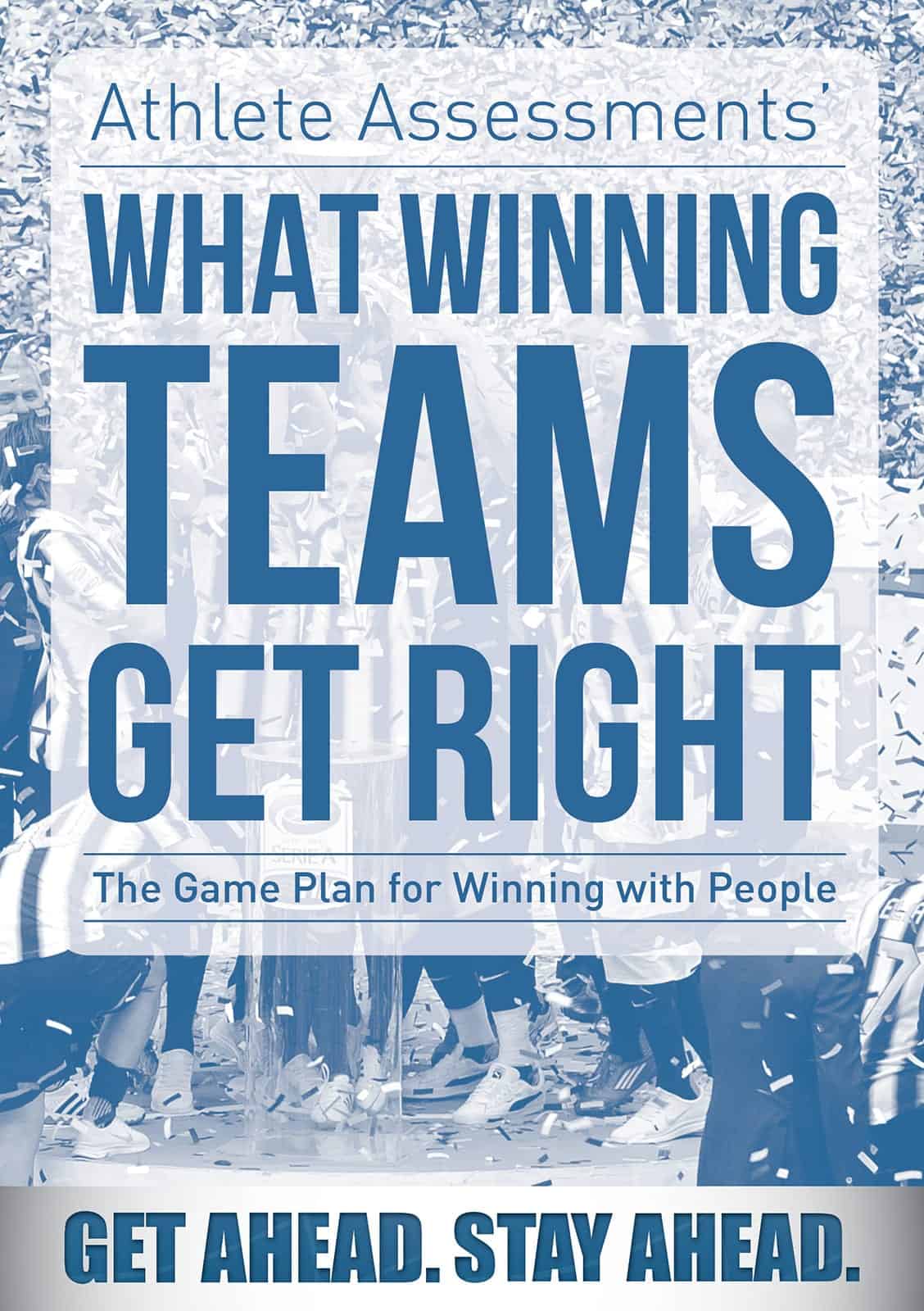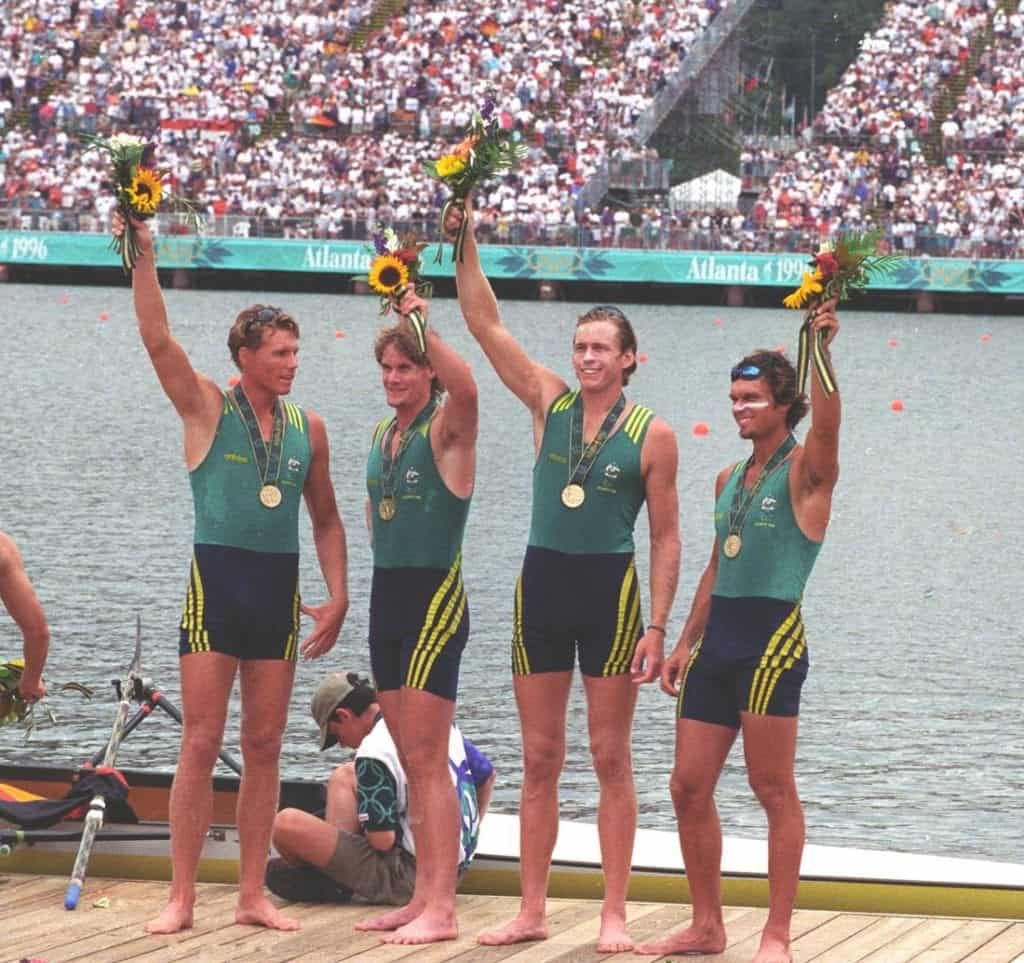Athletes and coaches understand the importance of each individual player performing at their personal best and to striving to be the best player they can be. But what does it mean to be the “best player for the team”?
During preparation for the 2004 Olympics, Athlete Assessments Bo Hanson was selected in the Men’s Eight Rowing team for Australia. He was performing at his personal best and for a period, was ranked as the number 1 athlete in Australia.
“I felt like I was in peak physical condition and I was winning a lot. The successes made me feel that I deserved a bit more credit, more recognition and more of a reputation,” Bo said.
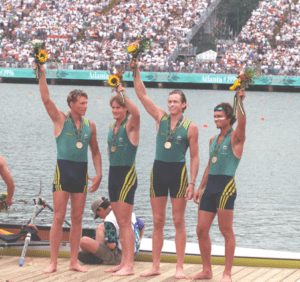
During Bo’s Olympic preparation, former Captain of the Wold Cup winning Rugby Union team, John Eales, was assigned to Bo’s crew as part of an athlete liaison program. The program assigned a team of sports people with experience in leadership and sport at the highest level to help athletes cope with the stresses, anxiety and the pressures of competing at the Olympics.
“John came to practice one day and said something that really resonated with me. He said ‘it is far more important that when you are a member of a team you think about how you can be the best player for the team instead of the best player on the team’,” Bo said.
Being the best player for your team means maximizing the individual’s performance and maximizing the performance of the team as a whole. It’s about determining not only how to get the best out of yourself as an individual, but also asking the question, “how can I add value to someone else and make them better by being on the team with them?”
Bo states that being the best player for the team, can often mean putting your own needs or ego in your back pocket. It can also mean giving up aspects of technical play or team roles in order to let someone else play these roles so you can focus elsewhere for the team’s benefit.
“In my 2004 Olympic crew, as much as I loved taking charge and having control, the reality for our crew’s team dynamic meant that if another rower was better doing this job for the team then my role became more of a support to him. I actually really enjoyed this as I felt I could add my experiences in a mentoring capacity to younger team members. When I saw them doing a great job, it made it easier to continue with my support role. It was working. We had an enjoyable year and we broke a World Record…not too bad.”
The GRIP Model
In preparing your team, and each individual athlete to be the best player for the team, there is an important concept to keep in mind, the GRIP Model.
The GRIP model is the foundation for a successful team culture.
GRIP stands for GOALS, ROLES, INTERPERSONAL RELATIONSHIPS, and PROCESSES
The GRIP Model contains the critical elements which contribute to effective, high-performance teams. One of these elements is roles. Being the best player for the team means understanding the element of roles within the team.

Roles in a team encompass more than simply the position on the field or court an athlete plays. Although this is part of it, the main aspect to roles is having each athlete understand what their role is beyond their playing role, or what we refer to as their Technical Role. What this means is every team member is expected to make a contribution off the field or court, or determine and implement their Non-Technical Role.
Every sport has its unique Technical roles. Choosing the right individual to play each Technical role is often based on the player’s physiology, skills, experience, and so on. Even though to an onlooker it might look like everyone does the same thing, in the concept of rowing for example, the Technical role of someone who is the stroke is to set the rhythm, the seventh seat behind the stroke smooths out that rhythm. But if all each athlete does is their Technical role, we miss a large part of what makes a team a team.
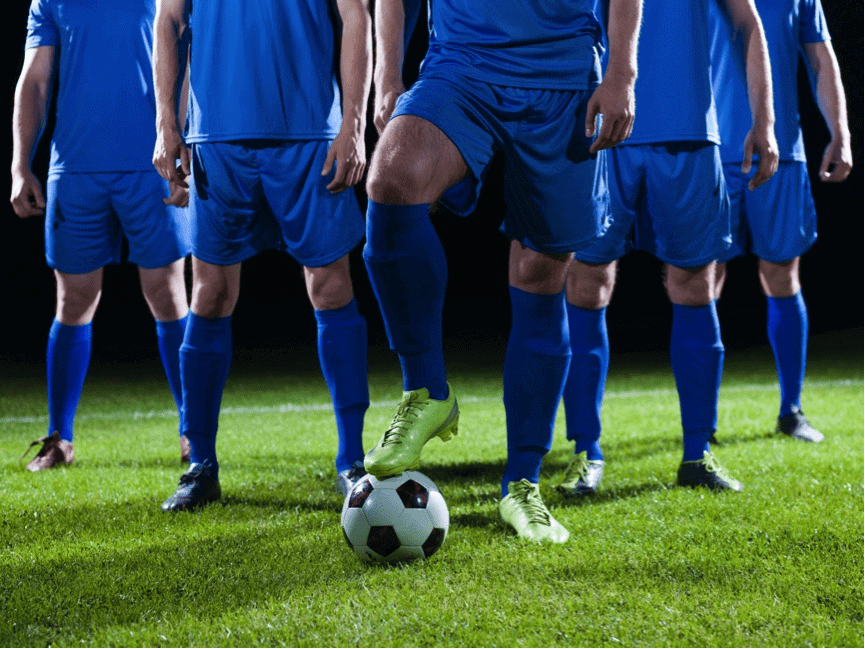
“Obviously I had my Technical role within my team, but in the crews I was in, my Non-Technical role was also to echo what coach told us, help establish the standards we wanted to perform at, give direction to the crew, and hold people accountable. It’s important because without the Non-Technical roles we are essentially just sitting quietly in the boat and rowing. But ultimately what’s missing is someone who is bringing the team together,” Bo said.
Sports teams require a number of unique individuals who each play certain roles from a Technical and Non-Technical perspective. We need individuals to play different roles and not simply perform the same role. Creating a successful team outcome relies on how effectively the individual parts of the team work together as a unit.
DISC Profiling and Team Roles
If an athlete doesn’t take on and implement their Non-Technical role, the team cannot function at its best. In saying this, it is important to ensure each member of the team is assigned a Non-Technical role that suits their DISC Behavioral Profile.
DISC measures the degree of Dominance, Influence, Steadiness, and Conscientious behavior. Everyone has their unique level of each in the context of their role in sport.
Some roles are more leadership focused and some have more to do with being supportive to others. Some roles may also mean providing enthusiasm and energy or being the team member who sets the pace at training. Each person within the team needs to identify and commit to their Non-Technical role within the team. When a team member is assigned a role that suits their DISC Profile they will feel they can contribute to the team with their strengths.
“You might have someone on your team who is a High D. If you assign them a Non-Technical role that focuses on being an energetic and encouraging team member, they won’t be able to effectively contribute to the team because the reality is, the role of a High D should be to keep people accountable, to give direction, and set a high standard. The role of a High I is to do those things, as they naturally enjoy being encouraging and supportive” Bo said.
When each player understands and implements their Technical and Non-Technical role, they are working at being the best player for the team.
Here is a look at what role each DISC Style suits:
High D – They set a high standard, hold the team accountable, and give direction.
High I – They are motivating and encourage the team, they are the ones who drive energy at practice.
High S – They act as a mediator for the team, encourage and support, they are the building blocks for the team.
High C – They are analytical, detail -orientated, organized and provide structure for the team.
Overview of the DISC Model
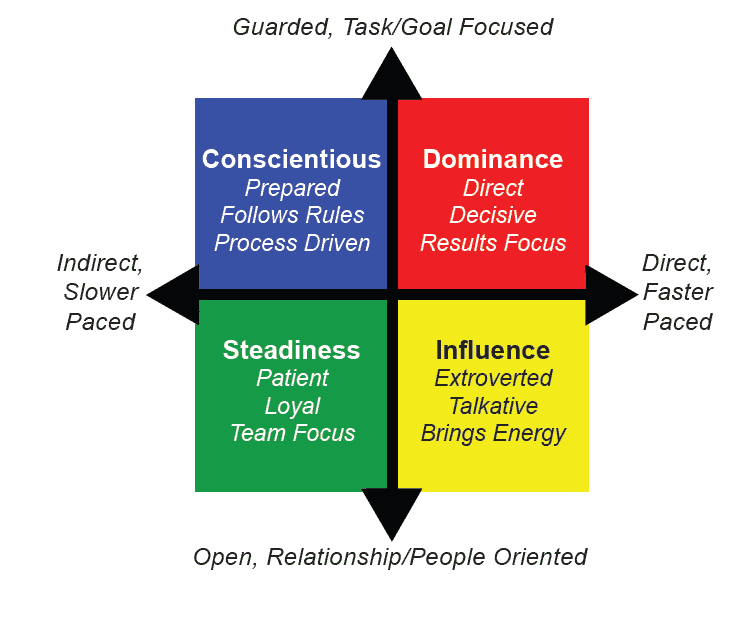
The other way to think about Non-Technical roles is to think about them broken up into three categories, ACTION ROLES, RELATIONSHIP ROLES AND THINKING ROLES. The DISC Profiles will fit broadly into these three categories.

Action Roles – Action roles are suited to High D and I Profiles. Action roles are specifically associated with completing the task more effectively. What that looks like at practice, is someone who turns up when the rest of the team are standing around socializing and they get the team going. They also give feedback on how the team can do things better.
Relationship Roles – Relationship roles are suited to High I and S Profiles. These roles are associated with team harmony and team energy, these athletes check in with the team and check how they are going, they give encouragement and positive praise and feedback.
Thinking Roles – Thinking roles are suited to High C and S Profiles. These roles are associated with planning, organizing and analyzing facts, looking at data and making sense of the game plan. These athletes are the players with a great understanding of the game tactics and the ones who can articulate this to other players.
Action – Challenge standards, practical, fast paced, consistent, relentless
Relationship –Supporting, encouraging, listeners, communicators, mediators, diplomats
Thinking – Planning, evaluating, new ideas, objective, process driven, strategic
The two biggest mistakes teams make is 1. Lack of role suitability, and 2. Overstepping roles. To be successful each player needs to “know their job and do their job”. When we are in a team, it is our goal to create positive team chemistry. Understanding and valuing each player’s Non-Technical role helps us to achieve this.
Role clarity is a fundamental aspect of successful teams. It’s important for teams to articulate their Technical and Non-Technical roles on the team and for each member to actually assess those roles and to what degree they are personally contributing their strengths to the betterment of the team.
The first stage of establishing this team chemistry is learning to “tolerate” each other. But what this really means is that you are just putting up with your team mates and with this type of team chemistry, the likelihood of achieving success is almost zero.
Past the point of tolerating is “respecting”. Each team member respects how everyone brings something different to the team and contributes in different ways. When respect grows, the level of team success starts to rise.
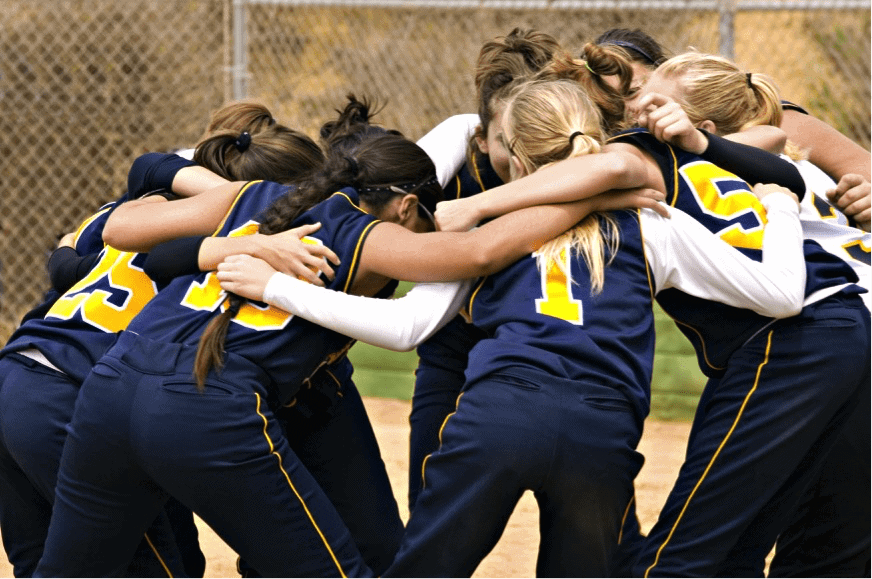
The next stage of team chemistry is “understanding” their team member’s uniqueness and how everyone makes a different contribution. This stage occurs in higher level teams as it takes concerted effort to learn how others contribute and also to build a team where different contributions are recruited for.
Beyond that, we get to the stage where we “value” difference. This is what we strive for and this means knowing how each team member’s differences and uniqueness actually makes the team better and valuing that. If we understand the true value of the people on our team and we see how their strengths are utilized, we can genuinely appreciate the fact that they are on the team with us and that each other’s strengths essentially make up for our own limitations. An athlete who values their team members says, “Adrian is really different to me. He thinks a lot and can really notice when the game plan is working and also not working. We really need what he brings to the team.”

In summing up, we as athletes and as coaches can use the DISC Profile to fully understand each player’s role and know each player’s role from a Technical and Non-Technical perspective. If we do this and we understand how to best contribute to the team, we learn how we can become the best player for the team.
If you found this article to be valuable, you may also enjoy finding out more about DISC Profiling, Using the GRIP Model for Pre-Season Preparation, Critical Team Roles in Sport, and Destructive Team Roles.
At Athlete Assessments, we’re here to provide you with excellence in service and to help you be your best. If there is anything we can assist you with, please Contact Us.


